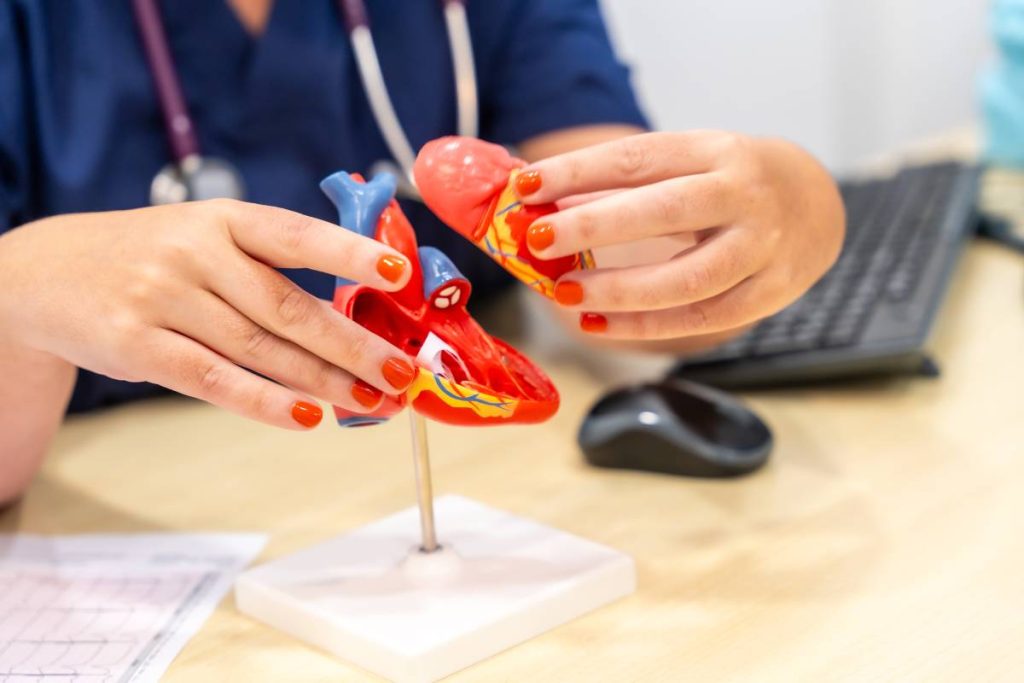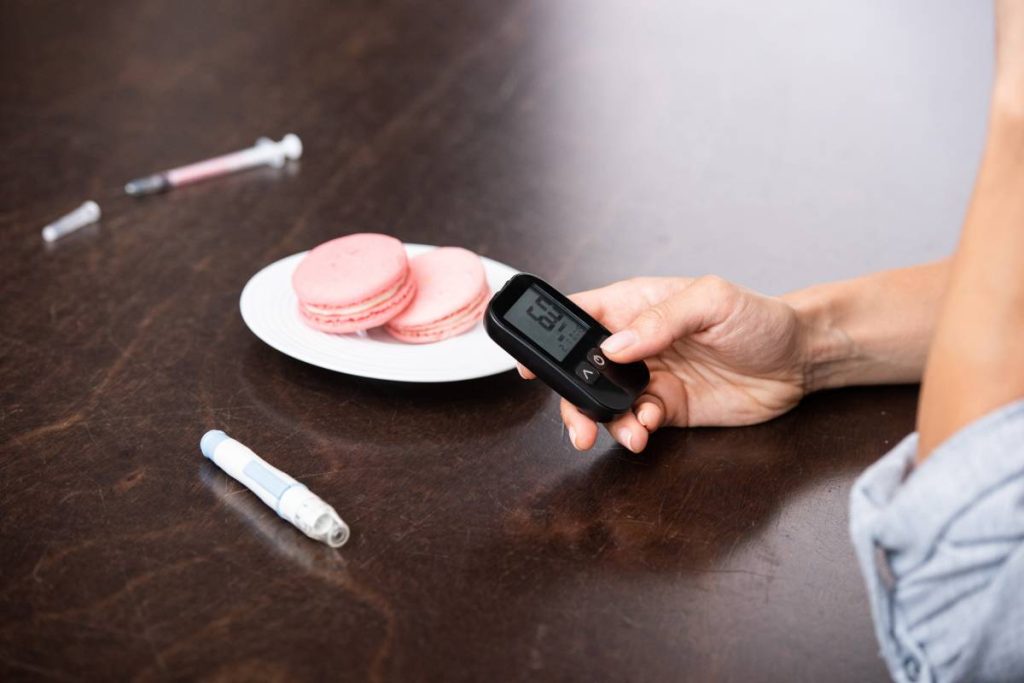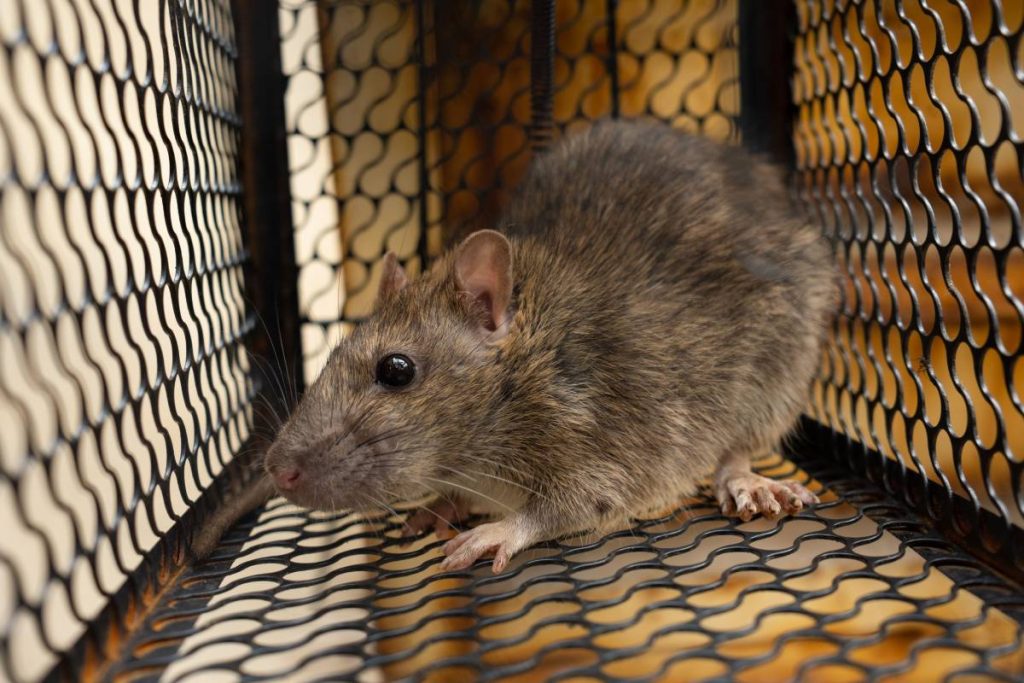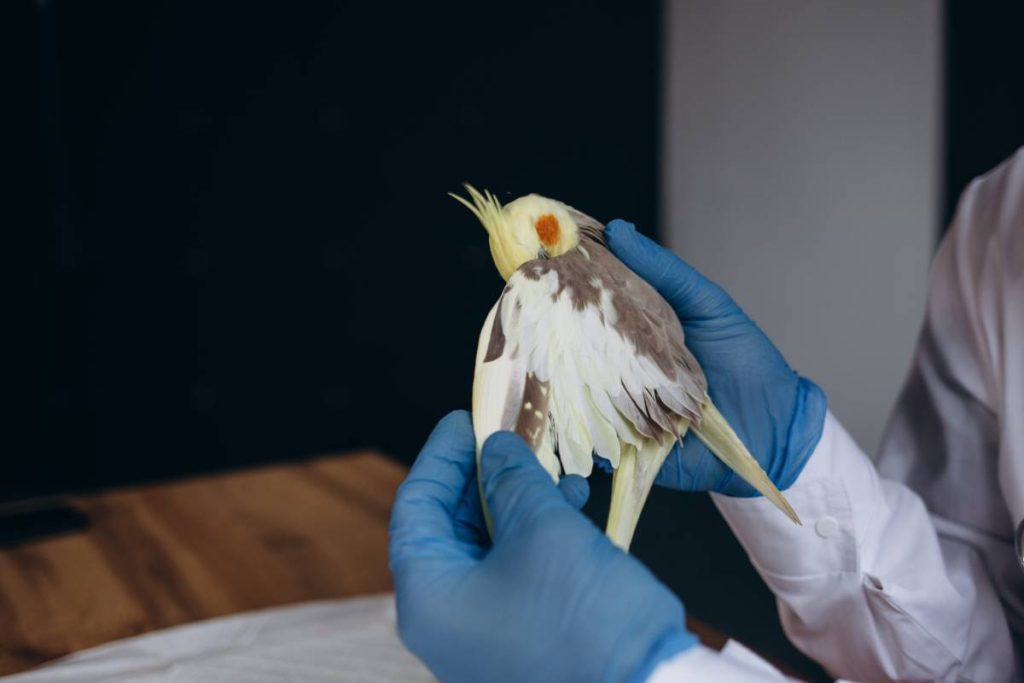Red Flags of Prediabetes: Testing and Preventing Diabetes
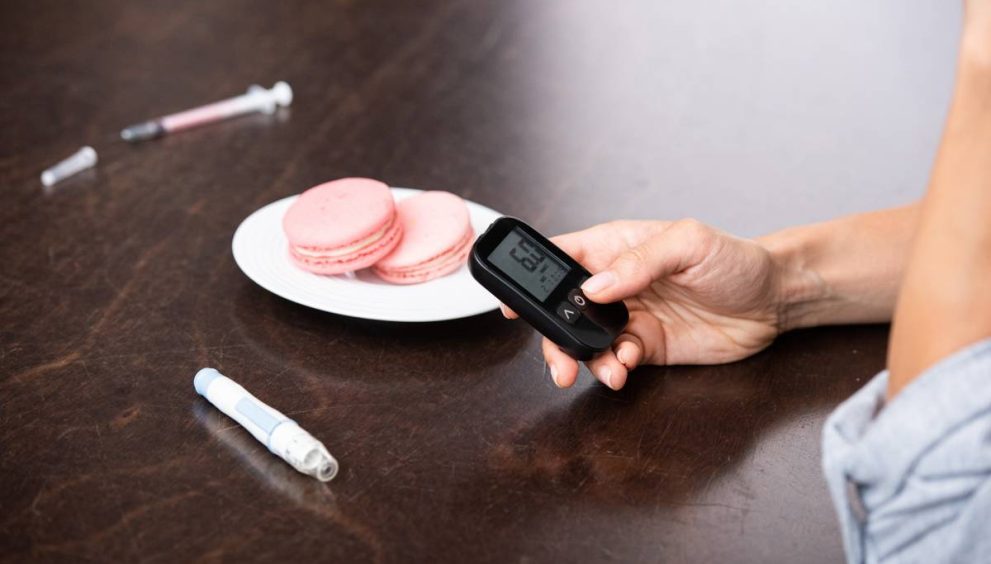
Prediabetes is a condition that affects millions of people worldwide and is often considered a warning sign that a person is at risk of developing type 2 diabetes.
While prediabetes doesn’t always present obvious symptoms, it’s a crucial stage where early intervention can prevent or delay the onset of more serious health issues.
Understanding the red flags of prediabetes, how to check if you’re prediabetic, and the fastest ways to address it can significantly reduce your chances of progressing to type 2 diabetes.
In this article, we will explore the key indicators of prediabetes, how to get tested, and the most effective steps to reverse the condition before it’s too late.
What Are the Red Flags of Prediabetes?
There are several early warning signs or red flags that could indicate prediabetes. However, many people may not experience any obvious symptoms, which is why regular screening is so important. The following are some of the most common red flags that may suggest prediabetes:
1. Increased Thirst and Frequent Urination
When blood sugar levels rise, the kidneys work harder to filter and absorb the excess glucose. This can cause your kidneys to excrete more water, which leads to dehydration. As a result, you may feel unusually thirsty and need to urinate more often than normal.
2. Fatigue
High blood sugar can affect the body’s ability to use glucose effectively for energy. This may result in persistent tiredness, weakness, or fatigue, even after getting enough sleep.
3. Blurred Vision
Elevated blood sugar can cause fluid to be pulled from the tissues in your eyes, affecting your ability to focus. If your blood sugar levels remain high for an extended period, this can lead to blurry vision.
4. Slow-Healing Sores or Infections
Prediabetes can impair your body’s ability to heal wounds. Elevated blood sugar levels can affect your immune system, making it harder for your body to fight infections and heal from cuts or sores.
5. Dark Skin Patches
Some people with prediabetes may develop a condition known as acanthosis nigricans, which causes dark, velvety patches of skin, usually around the neck, armpits, and groin area. This is often a sign of insulin resistance, which is common in individuals with prediabetes.
6. Unexplained Weight Loss or Weight Gain
For some people, prediabetes can cause unexplained weight fluctuations. While this can vary from person to person, insulin resistance and changes in metabolism may contribute to unexpected weight loss or weight gain.
7. Hunger and Cravings
When your body becomes resistant to insulin, it may struggle to properly regulate blood sugar levels, leading to fluctuations in hunger. You may experience frequent hunger pangs or cravings, particularly for sugary foods.
8. Family History of Diabetes
A family history of diabetes is a significant risk factor for prediabetes and type 2 diabetes. If you have parents or siblings with diabetes, you may be at a higher risk of developing prediabetes yourself.
9. Being Overweight or Obese
Being overweight is one of the most significant risk factors for prediabetes. Excess weight, especially around the abdominal area, is linked to insulin resistance, which contributes to the development of prediabetes and type 2 diabetes.
10. Age and Ethnicity
As people age, particularly after 45, their risk for developing prediabetes increases. Additionally, certain ethnic groups, such as African American, Hispanic, Native American, and Asian American populations, are at a higher risk of developing prediabetes.
How to Check if You Are Prediabetic?
Prediabetes can be diagnosed with a blood test, but since many people don’t show symptoms, it is important to have regular screenings, especially if you have any of the risk factors mentioned above. The following are common tests used to check for prediabetes:
1. Fasting Blood Glucose Test
This test measures your blood sugar level after an overnight fast (at least eight hours without eating). If your blood sugar level is between 100 and 125 mg/dL, it suggests prediabetes. A level of 126 mg/dL or higher indicates that you may have diabetes.
2. Oral Glucose Tolerance Test (OGTT)
The OGTT measures your blood sugar after fasting and then again two hours after drinking a sugary drink. If your blood sugar level is between 140 and 199 mg/dL two hours after drinking the solution, it is considered a sign of prediabetes. A level of 200 mg/dL or higher suggests diabetes.
3. Hemoglobin A1c Test
This test provides an average of your blood sugar levels over the past 2 to 3 months. An A1c level of 5.7% to 6.4% indicates prediabetes. A level of 6.5% or higher suggests you may have diabetes.
If you are at risk for prediabetes or have any of the red flags, it’s important to discuss with your healthcare provider whether you should undergo these tests.
What Is the Fastest Way to Fix Prediabetes?
While prediabetes can be a wake-up call, the good news is that it can often be reversed with lifestyle changes. The fastest and most effective way to manage and even reverse prediabetes is by making significant improvements to your diet and physical activity levels. Below are some of the most effective steps you can take to improve your health and reduce the risk of progressing to type 2 diabetes:
1. Lose Weight
Even a small amount of weight loss can have a profound impact on lowering your blood sugar levels and improving insulin sensitivity. Aim to lose 5-10% of your body weight, which can significantly reduce the risk of developing type 2 diabetes.
2. Exercise Regularly
Physical activity helps lower blood sugar levels and improves insulin sensitivity. Aim for at least 150 minutes of moderate-intensity exercise, such as brisk walking, swimming, or cycling, every week. Strength training exercises, like weight lifting, are also beneficial for improving muscle mass and insulin sensitivity.
Fastest Way to Fix Prediabetes
Prediabetes can often be reversed with lifestyle changes, especially by improving diet and starting fitness early. Regular exercise, healthy eating, and weight loss can significantly reduce the risk of developing type 2 diabetes. Here are some key steps:
3. Adopt a Healthy Diet
Eating a balanced diet rich in whole grains, lean proteins, healthy fats, and fiber can help regulate blood sugar levels. Focus on low-glycemic foods such as vegetables, legumes, and whole grains, which are digested more slowly and won’t cause sharp spikes in blood sugar. Limit processed foods, sugary snacks, and refined carbohydrates.
4. Increase Fiber Intake
A high-fiber diet can help stabilize blood sugar levels. Foods like beans, lentils, vegetables, fruits, and whole grains are excellent sources of fiber. Fiber slows the absorption of sugar into the bloodstream, preventing sudden spikes in blood sugar.
5. Monitor Blood Sugar Levels
If you have been diagnosed with prediabetes, it’s important to monitor your blood sugar levels regularly. Keeping track of your numbers will help you and your healthcare provider determine if your lifestyle changes are effective.
6. Reduce Stress
Chronic stress can increase blood sugar levels and contribute to insulin resistance. Engage in stress-reducing activities such as meditation, deep breathing, yoga, or spending time outdoors to help manage your stress levels.
7. Get Enough Sleep
Poor sleep can contribute to weight gain and insulin resistance. Aim for 7 to 9 hours of sleep per night to support overall health and maintain balanced blood sugar levels.
8. Avoid Smoking and Limit Alcohol Consumption
Both smoking and excessive alcohol intake can worsen insulin resistance and increase the risk of type 2 diabetes. If you smoke, seek help to quit, and limit alcohol to moderate levels (one drink per day for women, two drinks per day for men).
Conclusion
Prediabetes is a serious condition that should not be ignored. By recognizing the red flags of prediabetes, getting regular screenings, and making positive lifestyle changes, you can reduce the risk of developing type 2 diabetes and improve your overall health.
Losing weight, exercising regularly, eating a balanced diet, and managing stress are some of the most effective ways to reverse prediabetes and promote long-term well-being. By taking action now, you can protect yourself from the complications of diabetes and live a healthier life.

 English
English 












